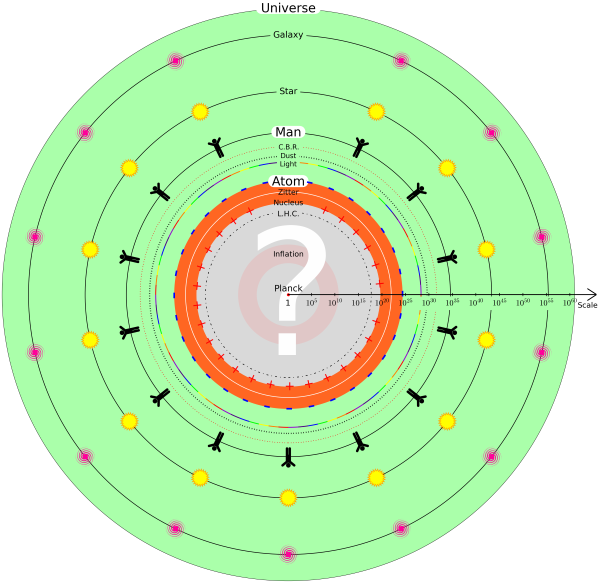Quantum States as Ordinary Information
The 2013 paper Quantum States as Ordinary Information by Ken Wharton offers a new, and realistic, way of understanding quantum mechanics. It also fits very neatly into the dual inner and outer domains picture of The Cosmic Computer, where each domain has its own reference system – spatial coordinates for the outer world, and phase coordinates for the inner world. The partial information contained in the inner world phase relationships of a quantum system is completed by a future measurement that makes contact with the local geometry of the outer world. Wharton's "all-at-once" analysis transcends time, and is analogous to the eternal time contained in the NOW that is described in The Cosmic Computer. The all-at-once view is a standard feature of the Least Action or Lagrangian approach to physics, and Bayesian probability allows for the updating of probabilities in the light of new information. Probabilities are all that quantum mechanics can deliver, and the need using a Bayesian analysis of probabilities is shown by the deceptively simple Monty Hall Problem.

Abstract: Despite various parallels between quantum states and ordinary information, quantum no-go-theorems have convinced many that there is no realistic framework that might underly quantum theory, no reality that quantum states can represent knowledge about. Wharton's paper shows that there can be a plausible underlying reality, one actual spacetime-based history, although with behavior that appears strange when analyzed dynamically (one time-slice at a time). By using a simple model with no dynamical laws, it becomes evident that this behavior is actually quite natural when analyzed “all-at-once”, (as in classical least action principles). From this perspective, traditional quantum states would represent incomplete information about possible spacetime histories, conditional on the future measurement geometry. Without dynamical laws imposing additional restrictions, those histories can have a classical probability distribution, where exactly one history can be said to represent an underlying reality.

